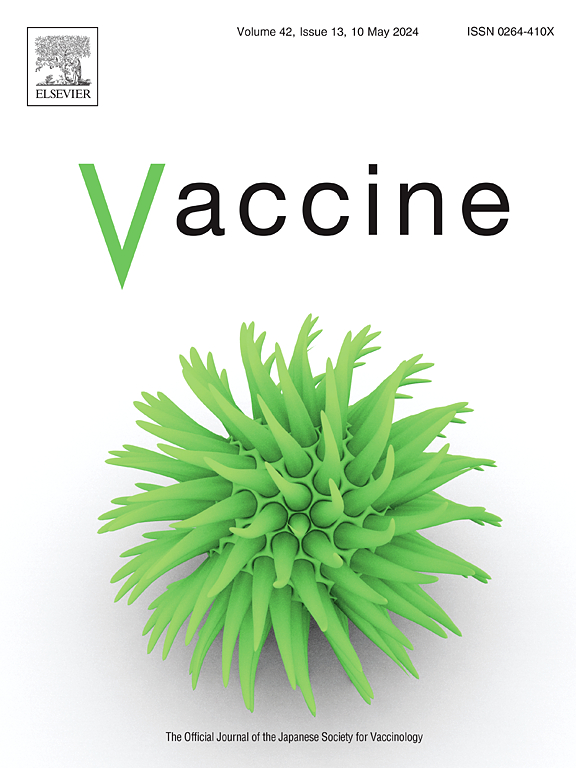二级保健(医院)设置中的流感疫苗交付模式:在英格兰使用什么方法来提高临床风险群体的可及性?
IF 4.5
3区 医学
Q2 IMMUNOLOGY
引用次数: 0
摘要
背景:在英格兰,流感疫苗接种率在有严重流感易感症状的成年人中仍处于次优水平。流感疫苗主要在初级保健机构提供,但建议通过更广泛的二级保健机构补充提供,以提高可及性。本定性研究旨在记录目前以医院为基础的流感疫苗提供模式,并比较与这些提供模式相关的机会和局限性。方法采用半结构化访谈(n = 28),对二级医疗保健专业人员和国家卫生服务专员进行访谈,以了解英格兰两个地区医院环境中目前的疫苗交付实践。结果大多数提供患者疫苗接种的医院都投入了专门的人员和流程来支持流感疫苗的提供。使用各种干预措施来导航疫苗接种途径的步骤。挑战包括聘用医务人员、获取疫苗接种记录和管理疫苗库存。结论只要在人员和流程上投入适当,二级保健预防接种是可行的。注重工作人员的参与,解决后勤挑战并提供充足的投资,将支持二级保健中疫苗接种的可持续性。本文章由计算机程序翻译,如有差异,请以英文原文为准。
Influenza vaccine delivery models in secondary care (hospital) settings: What approaches are used to enhance access for clinical risk groups in England?
Background
Influenza vaccine uptake rates in England remain suboptimal among adults with clinical conditions that predispose to severe influenza. Influenza vaccines are predominantly delivered in primary care settings, but complementary delivery via a broader range of secondary care settings is recommended to enhance access. This qualitative study aimed to document current influenza vaccine delivery models in hospital-based settings and to compare the opportunities and limitations associated with those delivery models.
Methods
Semi-structured interviews (n = 28) were conducted with healthcare professionals based in secondary care, and with National Health Service commissioners to understand current vaccine delivery practices within hospital settings in two regions of England.
Results
Most hospitals who offered patient vaccination had invested in dedicated staff and processes to support influenza vaccine delivery. A variety of interventions were used to navigate the steps in the vaccination pathway. Challenges included engagement of medical staff, access to vaccination records and managing vaccine stocks.
Conclusion
Secondary care vaccination is possible with the appropriate investment in staff and processes. Focusing on staff engagement, addressing logistic challenges and providing adequate invesment would support the sustainability of vaccination in secondary care.
求助全文
通过发布文献求助,成功后即可免费获取论文全文。
去求助
来源期刊

Vaccine
医学-免疫学
CiteScore
8.70
自引率
5.50%
发文量
992
审稿时长
131 days
期刊介绍:
Vaccine is unique in publishing the highest quality science across all disciplines relevant to the field of vaccinology - all original article submissions across basic and clinical research, vaccine manufacturing, history, public policy, behavioral science and ethics, social sciences, safety, and many other related areas are welcomed. The submission categories as given in the Guide for Authors indicate where we receive the most papers. Papers outside these major areas are also welcome and authors are encouraged to contact us with specific questions.
 求助内容:
求助内容: 应助结果提醒方式:
应助结果提醒方式:


